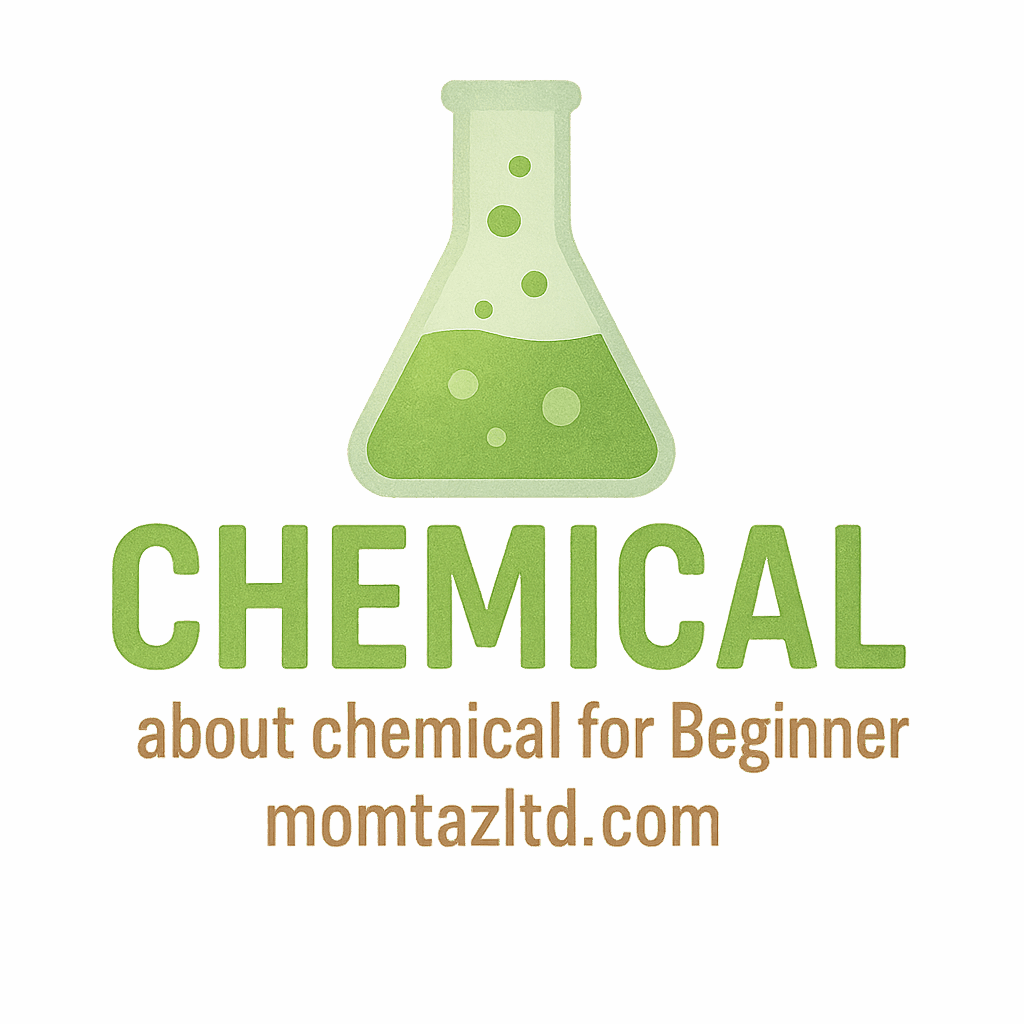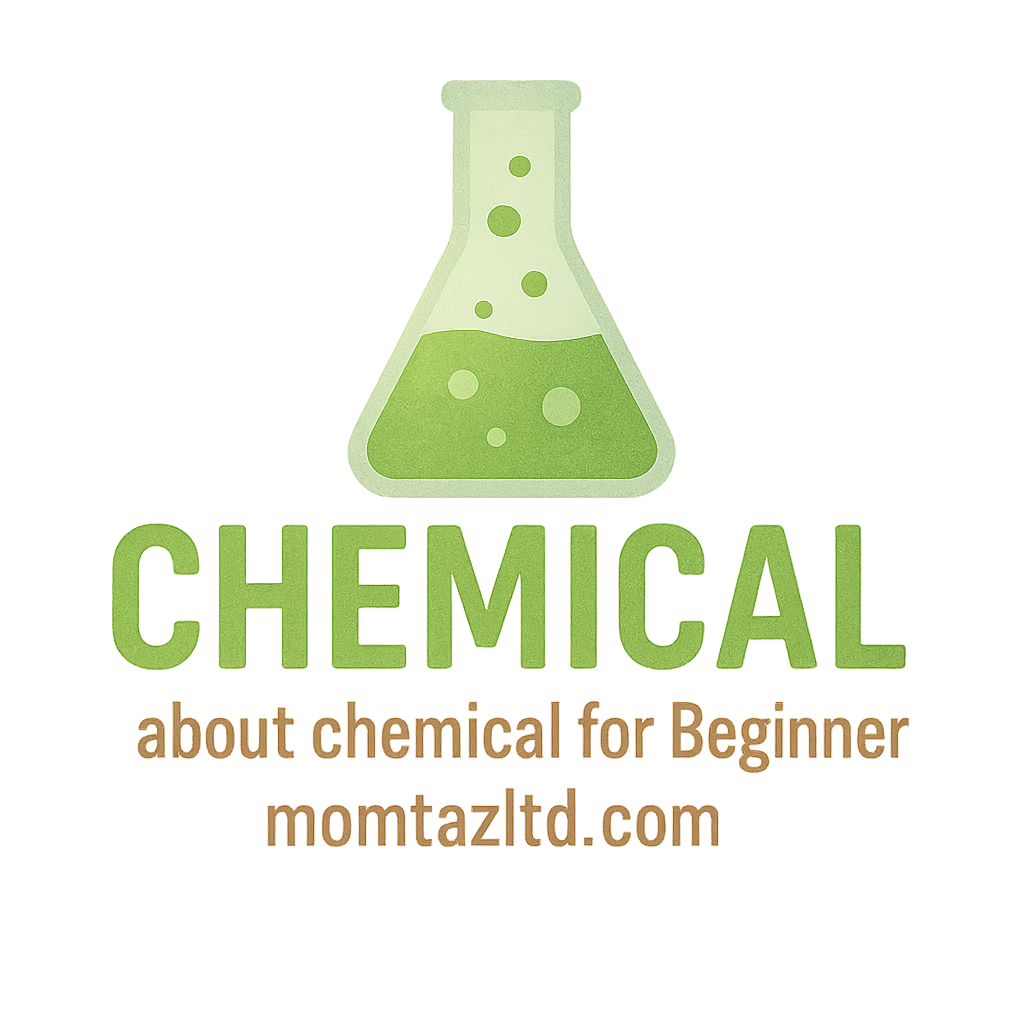Chemical reactions are fundamental processes that shape the world we live in. From the air we breathe to the food we consume, chemical reactions are constantly occurring. But how can we safely observe and practice these reactions? The laboratory setting provides the perfect controlled environment for experimentation. In this article, we’ll dive into 5 simple chemical reactions to practice in a lab, demonstrating both their educational value and real-life applications. These experiments are beginner-friendly and will help you understand the basic principles of chemistry.
Introduction to Chemical Reactions
Before we jump into the specific reactions, let’s first understand what chemical reactions are and why practicing them in a lab is so important.
What Are Chemical Reactions?
In simple terms, a chemical reaction occurs when two or more substances interact to form a new substance. This transformation involves breaking and forming bonds between atoms, resulting in the production of new chemical compounds. Chemical reactions can be classified into various categories such as synthesis, decomposition, and combustion. For more information on chemical reactions, visit Chemical Reaction Basics.
Importance of Practicing Chemical Reactions in a Lab
Experimenting with chemical reactions in a lab is an essential educational tool. Here’s why:
- Hands-on Learning: It reinforces theoretical knowledge with practical experience.
- Safety Skills: You’ll learn how to handle chemicals safely and responsibly.
- Observation: Watching reactions unfold helps you visualize chemical concepts.
- Problem-Solving: Sometimes reactions don’t go as expected, and troubleshooting helps develop critical thinking.
Now, let’s move on to the first reaction!
1. Baking Soda and Vinegar Reaction
This is one of the simplest and most fun chemical reactions to perform. The reaction between baking soda (a base) and vinegar (an acid) produces carbon dioxide gas, which leads to bubbling and fizzing.
Materials Required for the Reaction
- Baking soda (sodium bicarbonate)
- Vinegar (acetic acid)
- A glass container or jar
- A spoon
Step-by-Step Procedure
- Measure a spoonful of baking soda and place it in a glass container.
- Slowly pour vinegar over the baking soda.
- Watch the reaction take place as carbon dioxide gas is produced, causing bubbles to form.
Observations and Results
When vinegar (acetic acid) reacts with baking soda (sodium bicarbonate), it produces carbon dioxide gas, which creates bubbles. This reaction is a clear example of an acid-base reaction.
Chemical equation:
NaHCO3(aq)+CH3COOH(aq)→CH3COONa(aq)+CO2(g)+H2O(l)\text{NaHCO}_3(aq) + \text{CH}_3\text{COOH}(aq) \rightarrow \text{CH}_3\text{COONa}(aq) + \text{CO}_2(g) + \text{H}_2O(l)NaHCO3(aq)+CH3COOH(aq)→CH3COONa(aq)+CO2(g)+H2O(l)
Real-Life Applications
This reaction is used in many household cleaning solutions because the fizzing action can help dislodge dirt and grime. You can read more about household chemicals in our Household Chemicals section.
2. Copper and Sulfur Reaction
Copper reacts with sulfur to form copper sulfide, a black compound. This combination reaction is a great way to demonstrate how heat can drive chemical change.
Materials Required for the Reaction
- Copper wire
- Sulfur powder
- Bunsen burner
- Crucible or heat-resistant container
Step-by-Step Procedure
- Place a small piece of copper wire into the crucible.
- Add a pinch of sulfur powder on top of the copper.
- Use the Bunsen burner to heat the mixture.
- Observe the reaction as a black solid forms.
Observations and Results
As the copper is heated, it reacts with sulfur to form copper sulfide (CuS), a black compound. This demonstrates a simple combination reaction.
Chemical equation:
Cu(s)+S(s)→CuS(s)\text{Cu(s)} + \text{S(s)} \rightarrow \text{CuS(s)}Cu(s)+S(s)→CuS(s)
Real-Life Applications
This reaction plays a role in the mining industry, where copper ores are treated with sulfur. It’s also used in the production of certain materials like semiconductors. For more about industrial applications, visit Industrial Chemicals.
3. The Rusting of Iron
The rusting of iron is an everyday example of a chemical reaction that occurs when iron reacts with oxygen and moisture in the air. This reaction is not just an interesting observation—it has significant real-world implications.
Materials Required for the Reaction
- Iron nail or iron piece
- Water
- A container
Step-by-Step Procedure
- Place an iron nail in a small container of water.
- Leave it in a humid area for a few days.
- Observe the formation of rust (iron oxide) on the nail.
Observations and Results
As the iron nail is exposed to moisture and oxygen, it slowly forms rust, which is iron oxide. This process is called oxidation.
Chemical equation:
4Fe(s)+3O2(g)+6H2O(l)→4Fe(OH)3(s)\text{4Fe(s)} + \text{3O}_2(g) + \text{6H}_2O(l) \rightarrow \text{4Fe(OH)}_3(s)4Fe(s)+3O2(g)+6H2O(l)→4Fe(OH)3(s)
Real-Life Applications
Rusting of metals is a major concern in construction and automotive industries. Understanding rusting can help prevent damage and improve the durability of structures. Learn more about Chemical Safety to protect against such reactions in industrial settings.

4. Burning of Magnesium
The burning of magnesium is a brilliant demonstration of combustion. Magnesium burns with an intense white flame, producing magnesium oxide.
Materials Required for the Reaction
- Magnesium ribbon
- Bunsen burner
- Tongs
Step-by-Step Procedure
- Cut a small piece of magnesium ribbon.
- Hold the magnesium with tongs and place it in the flame of the Bunsen burner.
- Observe the reaction as the magnesium burns brightly.
Observations and Results
The magnesium ribbon burns with a brilliant white flame, producing magnesium oxide (MgO), which appears as a white powder. This is an example of a combustion reaction.
Chemical equation:
2Mg(s)+O2(g)→2MgO(s)\text{2Mg(s)} + \text{O}_2(g) \rightarrow \text{2MgO(s)}2Mg(s)+O2(g)→2MgO(s)
Real-Life Applications
Magnesium burning is used in fireworks and flares, where the intense light is needed. For more about laboratory experiments that utilize this reaction, visit our Lab Experiments page.
5. Formation of a Precipitate
This type of reaction occurs when two clear solutions are mixed, resulting in an insoluble solid, or precipitate, forming in the solution.
Materials Required for the Reaction
- Silver nitrate solution
- Sodium chloride solution
- Test tubes
Step-by-Step Procedure
- Pour equal amounts of silver nitrate and sodium chloride solutions into separate test tubes.
- Mix the solutions.
- Watch as a white precipitate forms.
Observations and Results
When silver nitrate (AgNO₃) reacts with sodium chloride (NaCl), silver chloride (AgCl), an insoluble solid, forms immediately. This is a precipitation reaction.
Chemical equation:
AgNO3(aq)+NaCl(aq)→AgCl(s)+NaNO3(aq)\text{AgNO}_3(aq) + \text{NaCl}(aq) \rightarrow \text{AgCl(s)} + \text{NaNO}_3(aq)AgNO3(aq)+NaCl(aq)→AgCl(s)+NaNO3(aq)
Real-Life Applications
Precipitation reactions are widely used in water treatment and in testing for certain ions, such as chloride. Explore more about chemical testing and reactions on our Chemical Terms page.
Conclusion
In conclusion, practicing simple chemical reactions in the lab is a valuable experience for students, educators, and chemists alike. These five reactions—baking soda and vinegar, copper and sulfur, rusting of iron, burning of magnesium, and the formation of a precipitate—are all practical and easy to perform while providing deep insights into chemical processes. Whether you’re looking to enhance your chemical safety knowledge or simply explore the fundamentals of chemistry, these experiments serve as a great starting point.
Frequently Asked Questions (FAQs)
- Why are chemical reactions important to practice in a lab?
- Practicing chemical reactions in a lab helps you understand how chemicals interact, fosters hands-on learning, and builds crucial safety skills. To dive deeper into chemical basics, check out Chemical Basics.
- Can I perform these reactions at home?
- Some, like the baking soda and vinegar reaction, are safe for home experiments, while others, such as burning magnesium, require lab conditions and safety precautions. Always follow proper chemical safety guidelines.
- How do I know if a chemical reaction will occur?
- Predicting chemical reactions often involves understanding the properties of the substances involved. For detailed information, visit our Chemical Terms page.
- What are the risks associated with chemical reactions?
- Risks include exposure to toxic substances, burns, or accidents. Proper safety measures are crucial—always wear safety goggles, gloves, and work in a well-ventilated area.
- What is a precipitate?
- A precipitate is an insoluble solid that forms when two solutions react. This is common in chemical reactions involving salts.
- What can I do if a reaction doesn’t go as planned?
- Troubleshoot by reviewing the procedure and checking the materials for accuracy. Experimentation sometimes requires adjusting conditions, such as temperature or concentration.
- How can chemical reactions help in everyday life?
- From cleaning products to cooking, chemical reactions are integral to daily activities. For more on household chemicals, check out our resource section.


